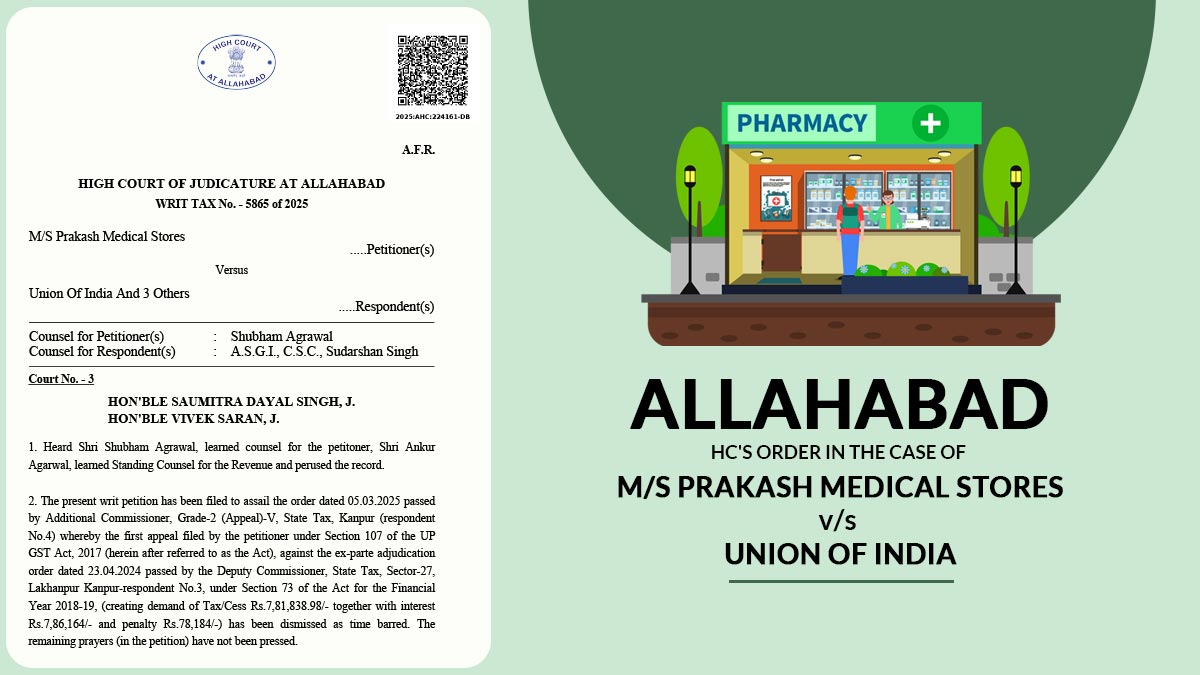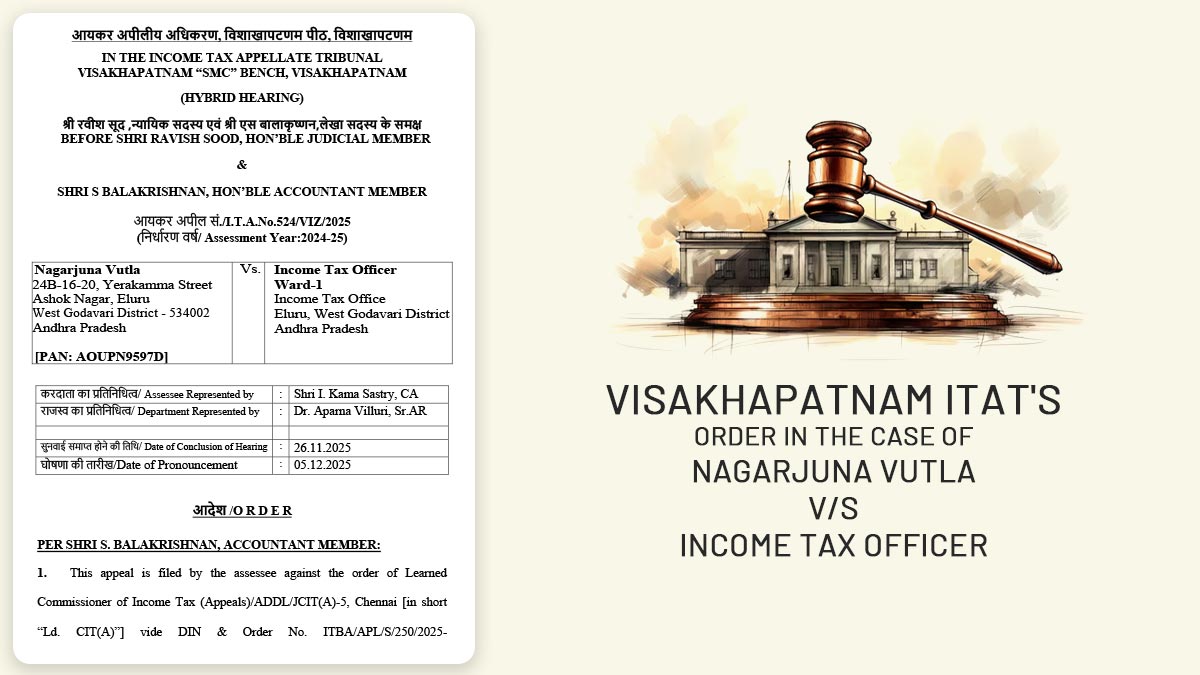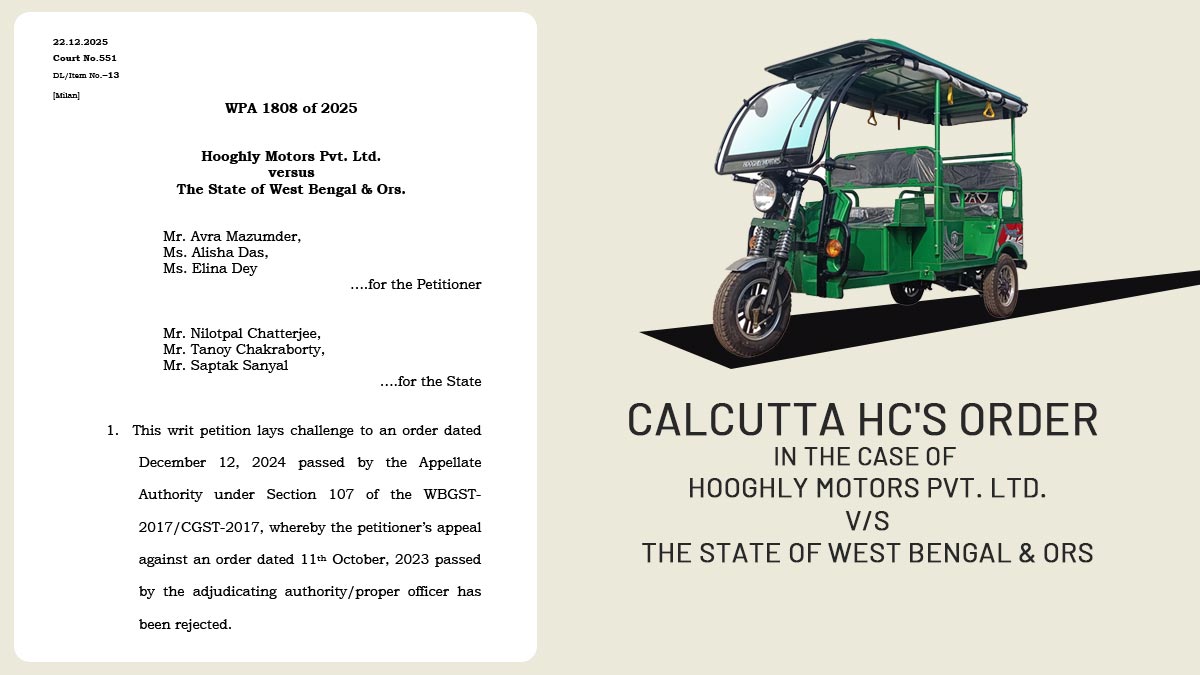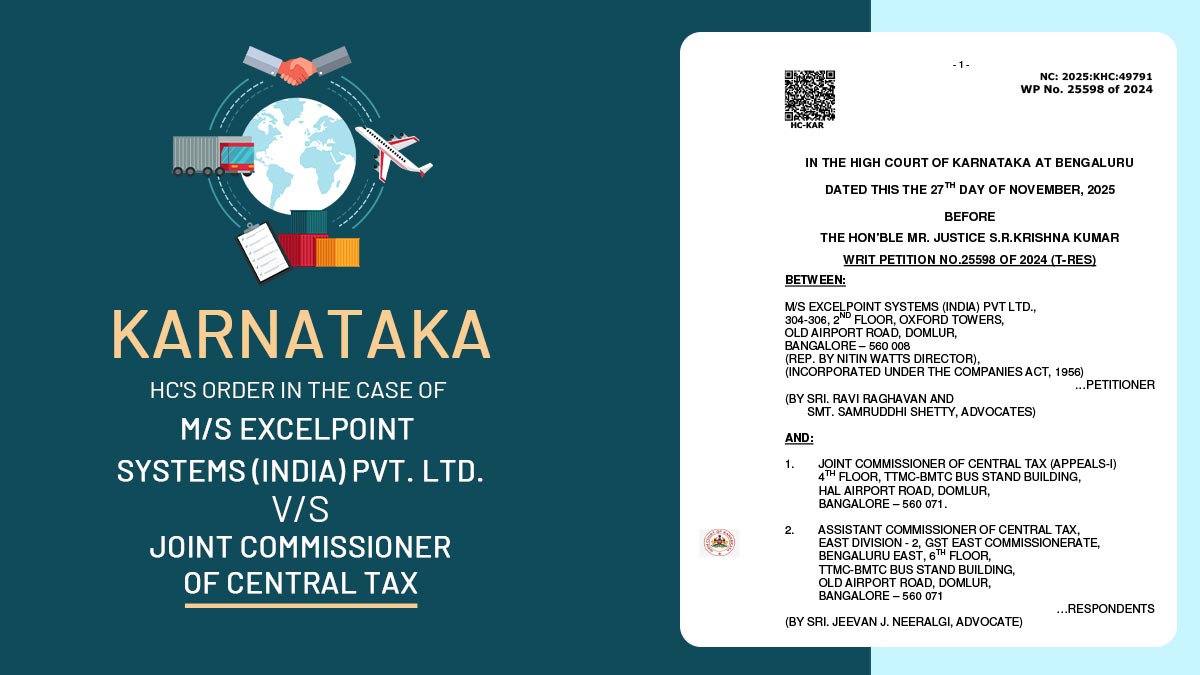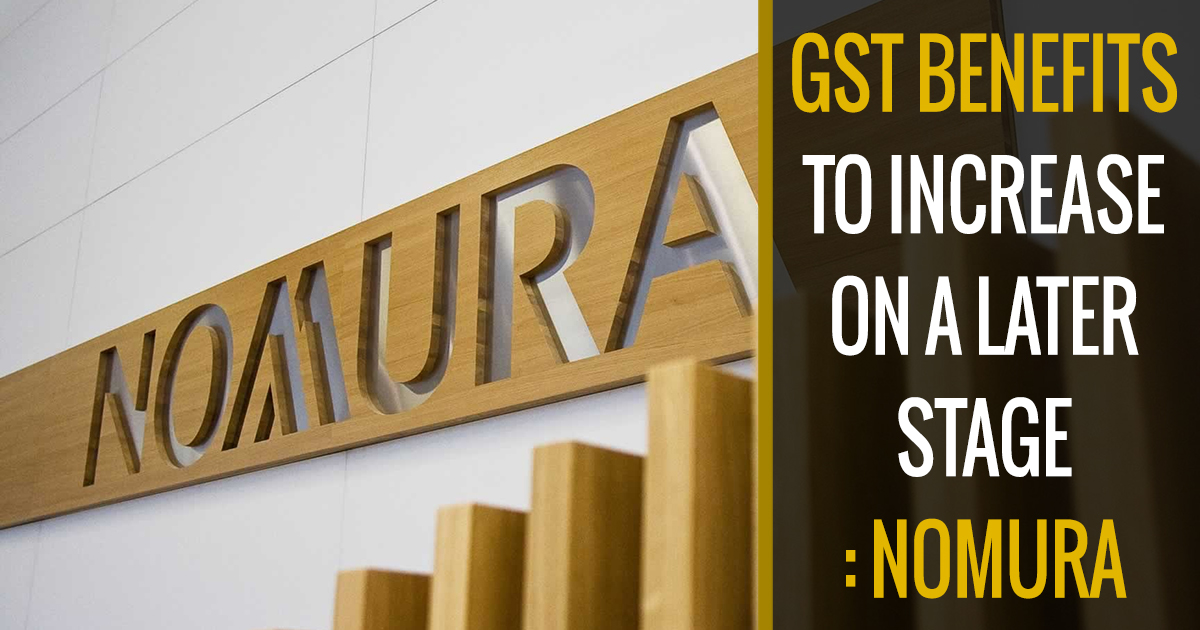
According to Japanese financial services major Nomura, Goods and Services Tax (GST) benefits are likely to increase over time and in the long run the indirect tax regime with strengthen tax revenues, boost economic growth. The benefits are expected to be substantial, predicts Nomura.
“Currently, proposed version is quite complex due to multiple tax slabs and because coverage is narrow. Therefore, we expect the benefits from GST to accrue over time, rather than immediately,” Nomura said in a research note.
Over time, as the GST council widens the tax net, minimizes the tax slabs and lower the standard tax rates, we expect the benefits to be substantial, it added.
Recently, the GST council approved the 4-tier GST structure with rates such as 5, 12, 18 and 28 per cent, ranging from lower rates for essential goods and higher rates for luxury goods including additional cess.
“While the GST council has discussed its four-slab tax structure, there will be, in effect, six to seven different tax rates on different items, which add complexity to the tax structure from a compliance perspective,” the report said.
It further added that the tax coverage is also not broad enough: in order to minimize the inflation impact, almost 50 per cent of the consumption basket is excluded from the GST net.
“This means that the collection efficiency (a measure of actual versus potential revenue) of India’s GST will be fairly low,” it said.
Nomura expects that the impact of GST on inflation will be minimal at lower than 20 bps and fiscally neutral. As per the deadline reports, the main risk could be prevailing in the IT infrastructure and the integration process of all stakeholders.




